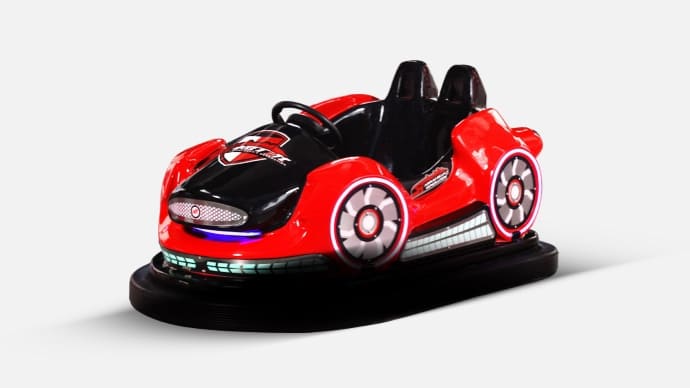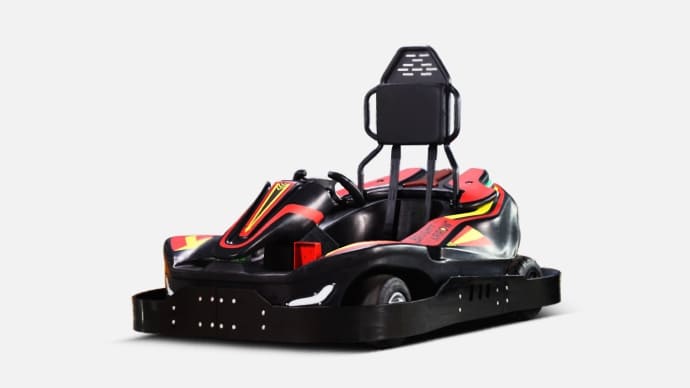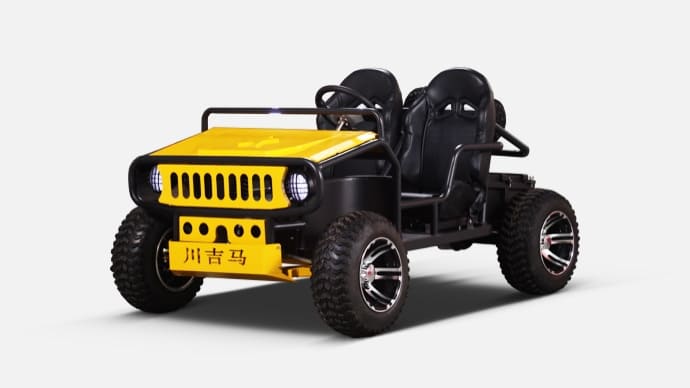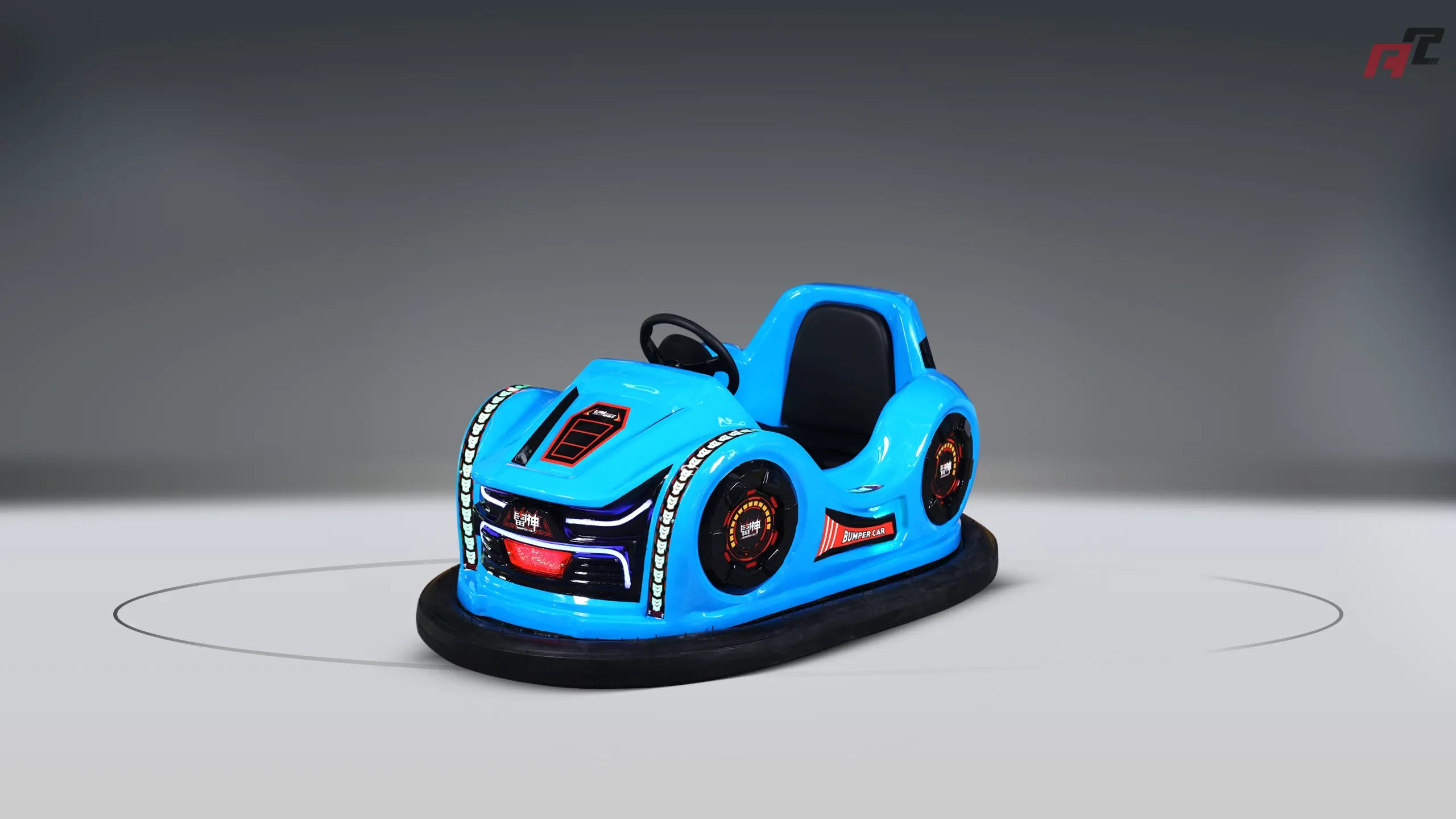what voltage do bumper cars run on | ANCHI Expert Guide
Explore the voltage requirements for bumper cars and gain professional insights into go karts procurement. This blog addresses top user concerns, including power systems, safety standards, and industry trends for 2025. Learn key data on electric go karts and bumper cars to make informed buying decisions with tips from industry experts.
What Voltage Do Bumper Cars Run On? Key Insights for Go Karts Industry Procurement
Bumper cars and go karts are staples of amusement parks and entertainment venues, and understanding their operational requirements is crucial for procurement professionals in the go karts industry. One of the most searched topics is the voltage at which bumper cars operate, as it directly impacts safety, performance, and compatibility with existing systems. In this blog, we delve into this key question and address other popular concerns to help you make informed purchasing decisions.
What Voltage Do Bumper Cars Typically Operate At?
Bumper cars generally run on a voltage range of 24 to 90 volts DC (Direct Current), depending on the model and manufacturer. Traditional bumper cars often used a floor and ceiling grid system delivering around 90 volts DC, while modern electric bumper cars, especially portable or battery-operated ones, typically operate on lower voltages like 24V or 48V for enhanced safety and efficiency. This information is critical for go kart industry buyers who may be procuring bumper cars alongside karts, ensuring power compatibility with venue infrastructure.
How Does Voltage Affect Bumper Car and Go Kart Performance?
Voltage plays a significant role in the performance of both bumper cars and electric go karts. Higher voltage systems can provide more power to the motors, resulting in faster acceleration and higher speeds. For instance, electric go karts, as seen in modern indoor karting venues like PowerPlay, often use 48V systems to balance speed and safety. However, higher voltages also require stricter safety measures to prevent electrical hazards, a key consideration during procurement.
What Safety Standards Should Be Considered for Voltage in Amusement Rides?
Safety is paramount when dealing with electrical systems in bumper cars and go karts. Industry standards, such as those set by the International Association of Amusement Parks and Attractions (IAAPA), recommend adhering to local electrical codes and ensuring proper insulation and grounding of systems. For electric go karts and bumper cars operating at 24V to 48V, safety features like circuit breakers and emergency shut-off systems are essential to protect users and staff.
What Are the Latest Trends in Electric Go Karts and Bumper Cars for 2025?
According to recent market forecasts from sources like OpenPR, the go kart market is expected to grow significantly between 2025 and 2034, driven by the shift toward electric models. Electric go karts and bumper cars are increasingly adopting lithium-ion battery systems with voltages around 48V, offering longer run times and faster charging. Procurement professionals should prioritize suppliers offering eco-friendly and energy-efficient models to align with industry trends and sustainability goals.
How to Choose the Right Voltage System During Procurement?
When procuring bumper cars or go karts, consider the venue's power infrastructure and intended use. For high-traffic amusement parks, durable systems with higher voltage (48V to 90V for bumper cars) may be ideal for performance, while smaller venues might opt for 24V systems for safety and cost-efficiency. Consulting with manufacturers like J&J Amusements, who emphasize durability and safety, can guide buyers in selecting compatible and reliable equipment.
In conclusion, understanding voltage requirements and related procurement factors is vital for success in the go karts and amusement ride industry. Partnering with trusted brands like ANCHI ensures access to cutting-edge technology, expert guidance, and high-quality products tailored to your needs. ANCHI stands out with its commitment to innovation, safety, and customer support, helping businesses navigate the complexities of procurement with confidence.














